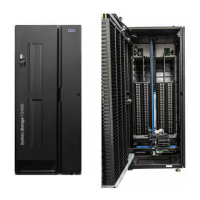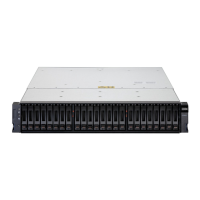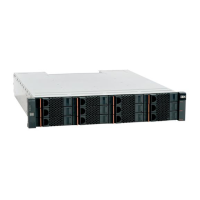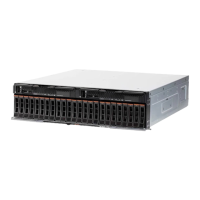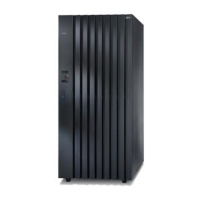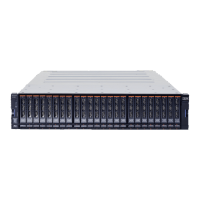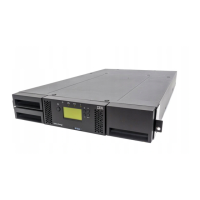Chapter 11. Core technologies 167
The first best available is always going to be a complete stripe across an entire RAID group
that uses the least amount of head movement to access. That is arguably the most important
criterion for choosing where WAFL is going to locate data on a disk.
Data ONTAP has control over where everything goes on the disks, so it can decide on the
optimal location for data and metadata. This fact has significant ramifications for the way Data
ONTAP does everything, but particularly in the operation of RAID and the operation of
Snapshot technology.
11.2 Disk structure
Closely integrated with N series RAID is the aggregate, which forms a storage pool by
concatenating RAID groups. The aggregate controls data placement and space management
activities.
The FlexVol volume is logically assigned to an aggregate, but is not statically mapped to it.
This dynamic mapping relationship between the aggregate layer and the FlexVol layer is
integral to the innovative storage features of Data ONTAP.
An abstract layout is shown in Figure 11-2.
Figure 11-2 Dynamic disk structure
To write new data into a RAID stripe that already contains data (and parity), you must read the
parity block. You then calculate a new parity value for the stripe, and write the data block plus
the new parity block. This process adds a significant amount of extra work for each block to be
written.

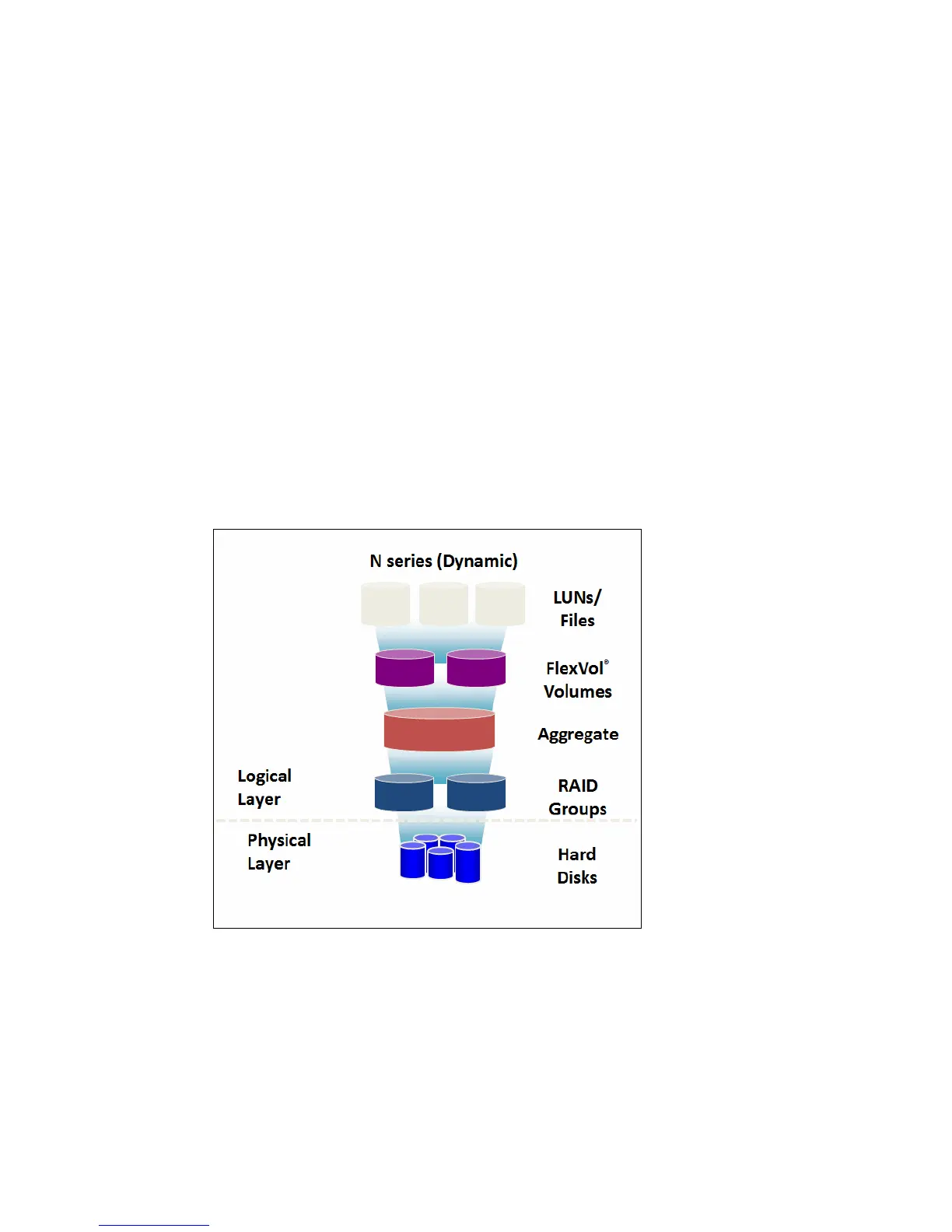